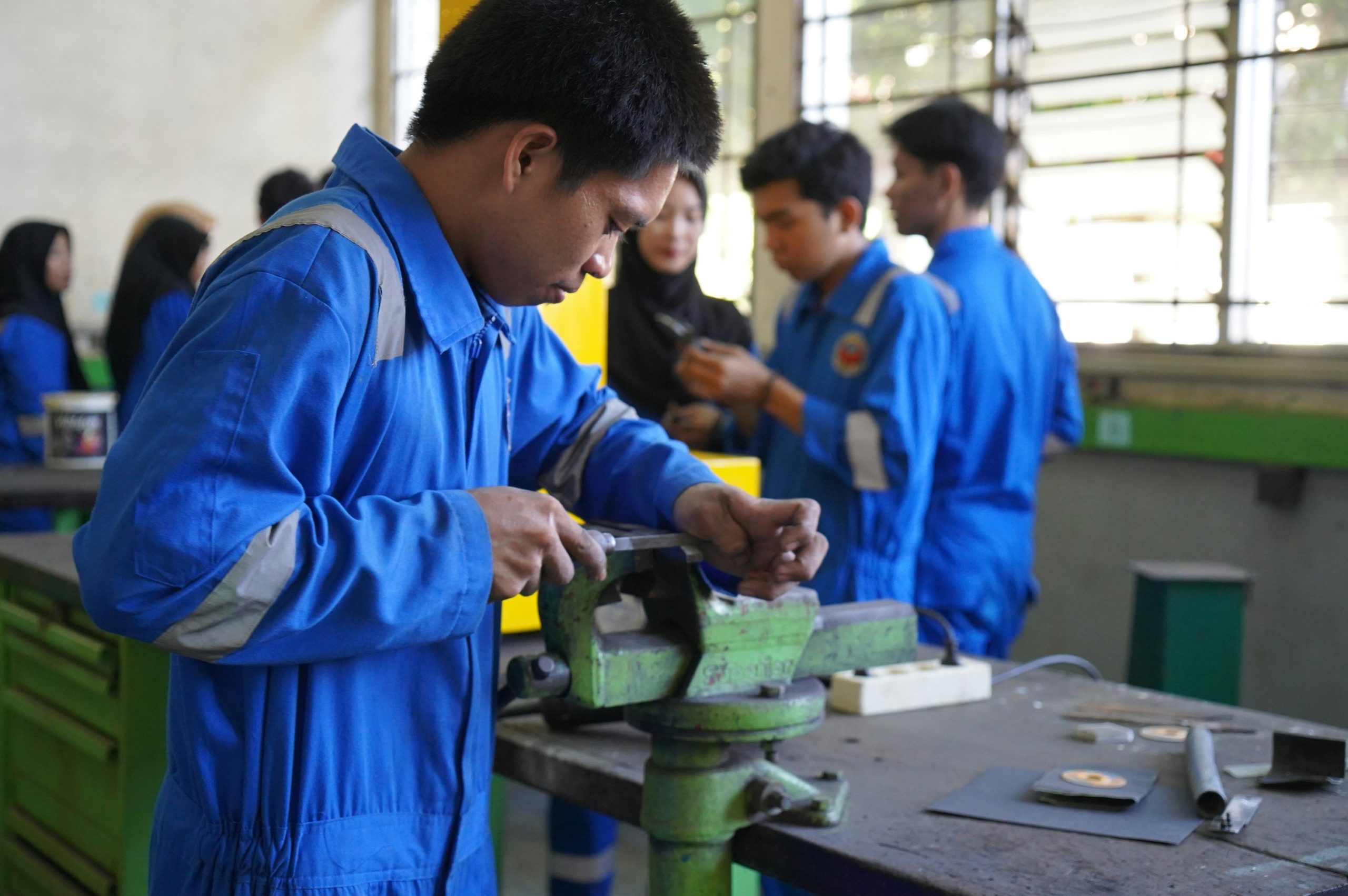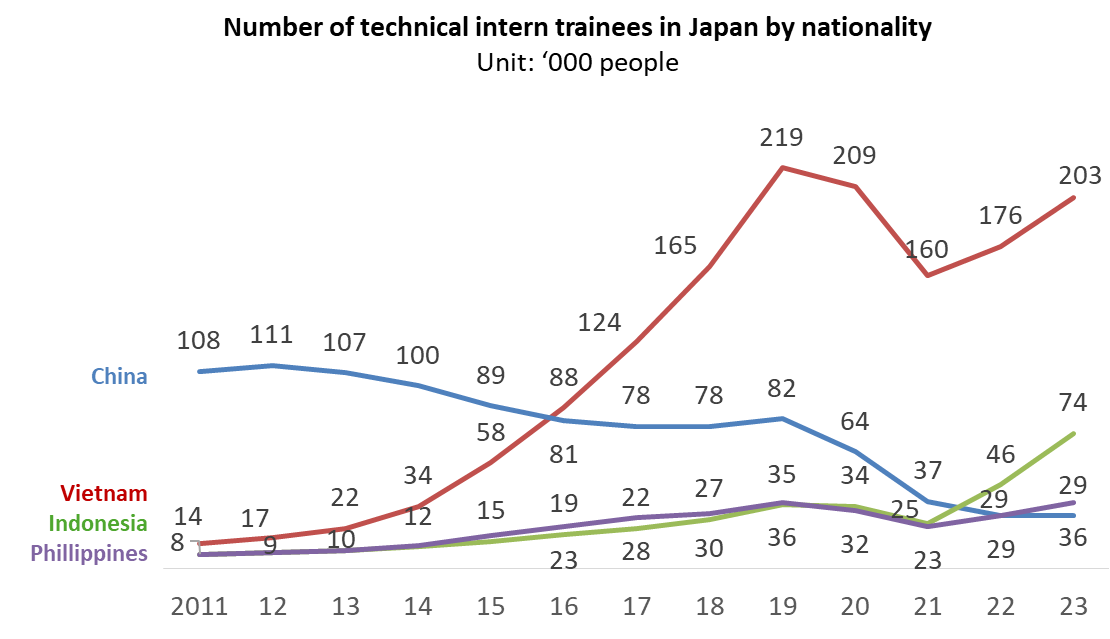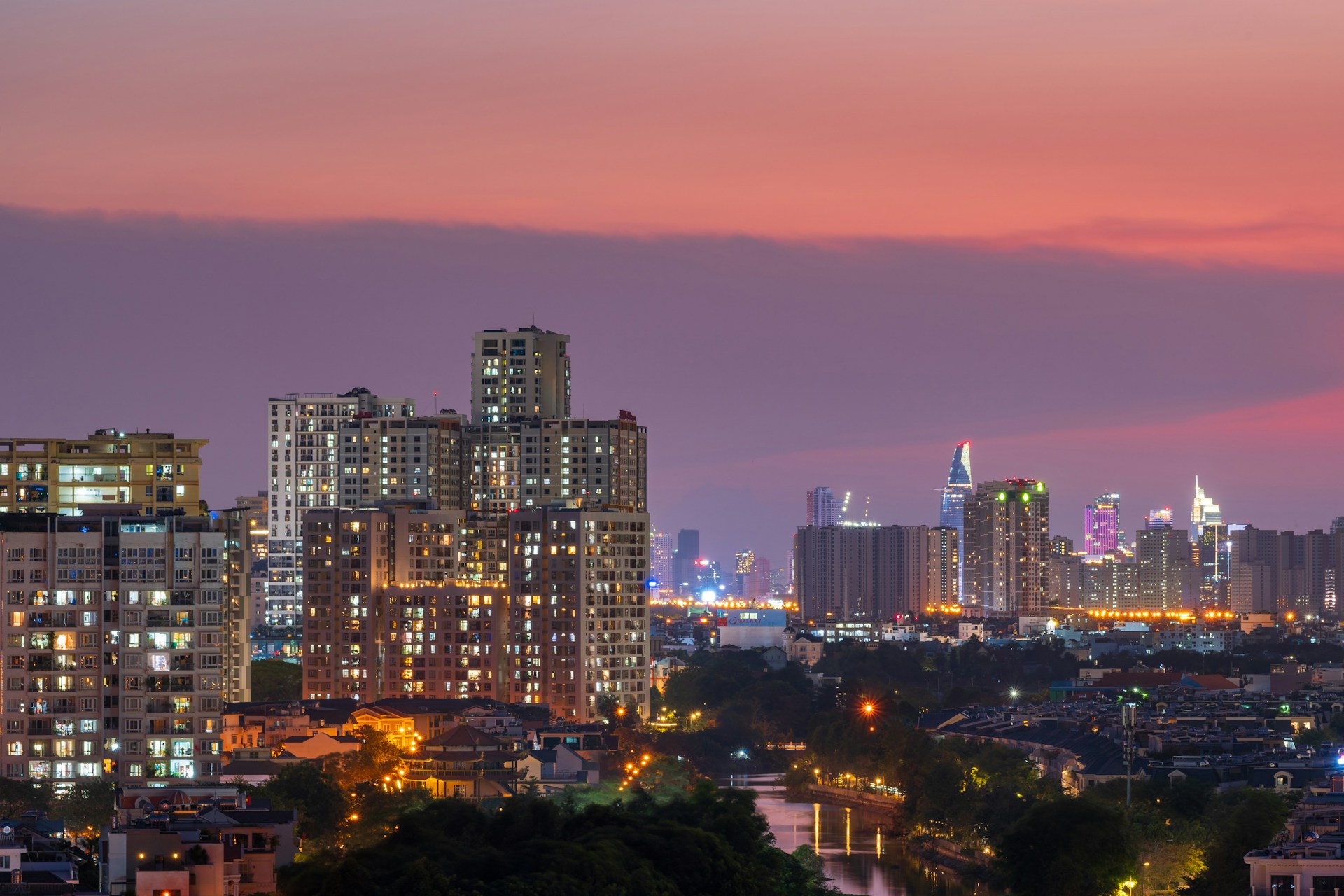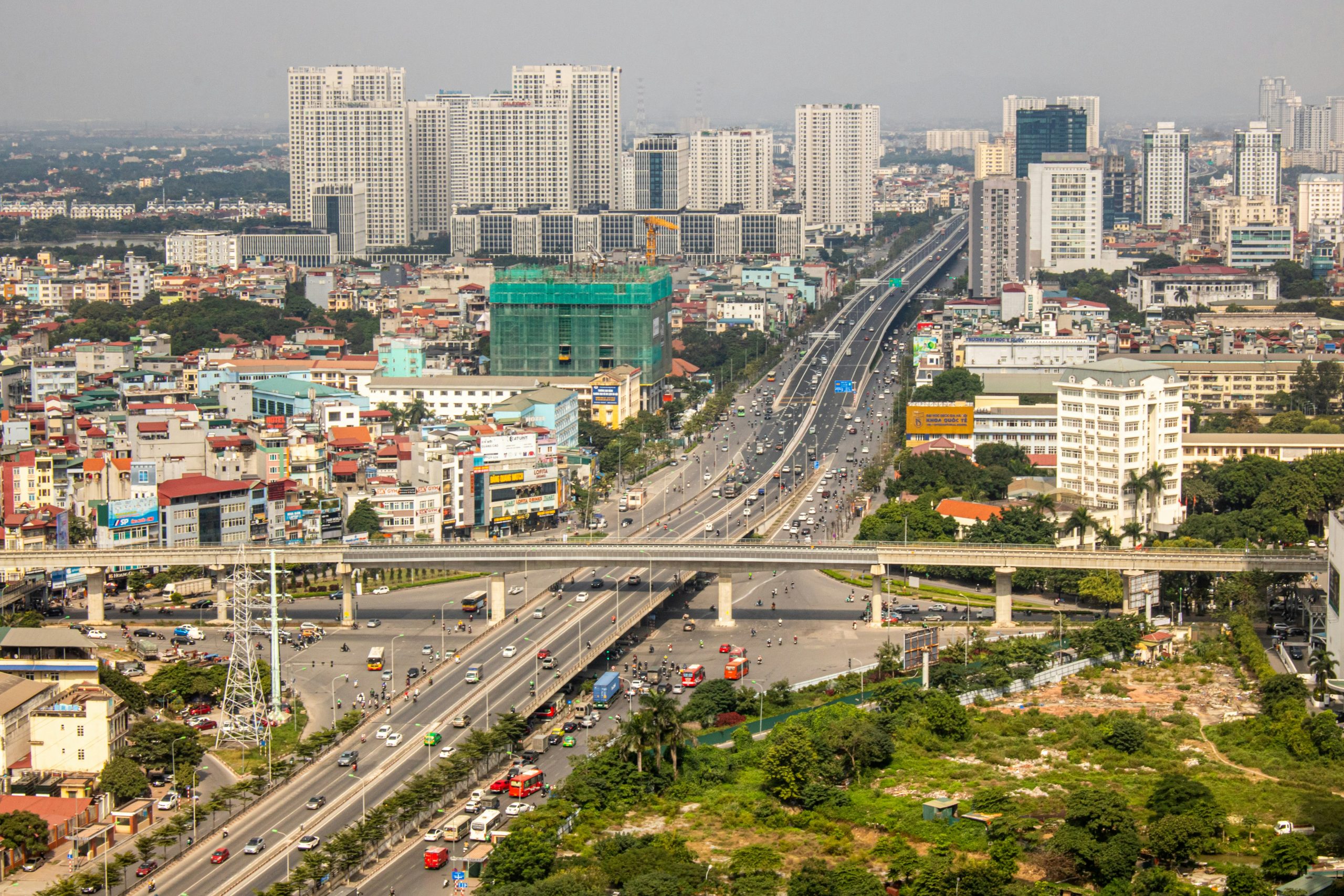
17Apr2025
Highlight content / Industry Reviews / Latest News & Report
Comments: No Comments.
Over the years, the number of Vietnamese technical interns in Japan has grown steadily, making them one of the largest groups working under this program, with a total of more than 200,000 Vietnamese trainees in 2023, followed by Indonesian and Filipino workers. The number of Chinese technical trainees in Japan peaked in 2012 and has fallen since then.
Number of technical intern trainees in Japan by nationality (thousand people)
Source: OTIT, MOJ’s report
There are 2 programs named “Technical training program” and “Specified skilled worker program (SSW)”. The Vietnamese Technical Trainee program in Japan has undergone significant changes to offer better opportunities for skilled workers. Traditionally, trainees followed a three-stage Technical Training Program requiring exams to progress[1]. By 2019, RTTs became eligible to join the Specified Skilled Worker (SSW) Program, which provides a more flexible path, including up to five years of work under SSW No.1 and the possibility of permanent residency under SSW No.2 [2] [3].
Institutional reform and the direction of the Japanese government
The SSW Program has become increasingly popular, particularly after 2020, as it addresses industry shortages across 14 sectors and offers better prospects than the traditional trainee route [4]. Looking forward, Japan plans to launch a new Development Work Program by 2027, as a simplified, one-stage successor to the current Technical Training Program. It will allow workers to stay for three years, with the potential to transition into skilled labor roles [5]. These reforms are expected to increase the number of Vietnamese choosing to return to Japan while also creating more demand for jobs in Vietnam among returning SSW workers.
Moreover, the government implemented of the project “Supporting Job Information Connection for Vietnamese Workers Working Abroad Under Contracts”, aimed at assisting Vietnamese workers in finding suitable jobs abroad and providing them with access to job opportunities both in Japan and upon their return to Vietnam. The project is supported by the Japan International Cooperation Agency (JICA) and is expected to be implemented from 2023 to 2028[6].
The reasons that Vietnamese wants to come to Japan for working
Many Vietnamese people are interested in working in Japan due to various factors, both cultural and economic. A study involving 27 Vietnamese nationals affiliated with Vietnamese sending agencies (nine from each of the three agencies) and scheduled to come to Japan as technical intern trainees in caregiving found that 52% were drawn to Japan because of their fascination with Japanese culture, including anime, kimonos, and the country’s scenic beauty, such as Mount Fuji. Another 40% cited personal recommendations from family and friends and expressed appreciation for the diligence and rule-abiding nature of the Japanese people [7].
Many young Vietnamese workers are eager to work in Japan due to attractive income levels and opportunities to gain professional skills. The average monthly salary of around allows workers to save money and prepare for future self-employment back home. In addition, Japan’s disciplined and professional working environment helps improve their skills and experience, giving them a competitive edge when seeking jobs in Vietnam after returning [8][9][10] .
Challenges behind expansion
Despite many positive factors, there are emerging challenges in the labor migration trend. The supply of Vietnamese workers for export is becoming increasingly scarce, and many Vietnamese labors export businesses report difficulties in finding qualified workers. In fact, some Japanese employers are now increasingly seeking workers from countries like the Philippines, Malaysia, and Indonesia to diversify their labor sources, especially in light of the current shortage of labor from Vietnam [11].
Although Japan has long been a popular destination, Vietnamese workers may no longer view it as an attractive source of income in the coming years. In 2021, the average monthly wage for specified skilled workers in Japan was 9.7 times higher than in Vietnam, and 8.2 times higher for technical intern trainees. However, by 2025, these figures are projected to drop to 5.9 times and 5.1 times, respectively. By 2031, the gap is expected to narrow even further, with wages falling to just 3.4 times higher for specified skilled workers and 3 times for technical interns—nearly one-third of the 2021 level. This downward trend suggests that 2031 could be a turning point, as the financial benefits of working in Japan diminish. Given that the cost of living in Japan is about four times higher than in Vietnam (as of 2023), the reduced wage gap may no longer justify the high costs associated with migration[12].
The program itself has also faced criticism for issues such as long working hours and poor living conditions, which have led some workers to flee their workplaces [13].These challenges suggest that the dynamics of Vietnamese labor migration to Japan may change in the near future.
Redesigning the system and deepening Japan-Vietnam cooperation
The Vietnamese government has been actively working with Japan to foster the development of Vietnamese technical trainees in Japan through various initiatives and policies. Both governments have collaborated to support the labor migration process and improve the welfare of workers by making adjustments to the Technical Intern Training Programme, which now allows foreign workers in Japan to change jobs if they face abuse, harassment, or force majeure situations — a provision that was previously unavailable [14]. Additionally, Vietnam and Japan are in discussions to establish a social insuranjvce agreement, which would provide better social security for Vietnamese workers in Japan[15]
The Vietnamese government, in partnership with Japan, has also made significant strides in the training and preparation of Vietnamese laborers, particularly in the healthcare sector, under the framework of the Vietnam-Japan Economic Partnership Agreement. Vietnamese nursing and caregiving candidates have been praised for their proficiency, with many passing Japanese vocational certification exams. This success reflects the strong foundation of labor training programs in Vietnam [16].
Future prospects
Japan remains an attractive option for Vietnamese people looking to work. However, improving the transparency of the system and improving the environment for accepting workers are key to a sustainable cooperation relationship in the future. With continued efforts in system reform and worker support, both countries are expected to realize a mutually beneficial human resource.
[1] https://imm.or.jp/en/about.html
[2] https://www.mofa.go.jp/mofaj/ca/fna/ssw/us/overview/
[3] https://www.molisa.gov.vn/baiviet/29750?tintucID=29750
[4] https://esuhai.vn/news/3E8AA/cuc-hot-chuong-trinh-ky-nang-dac-dinh-da-duoc-viet-nam-thong-qua.html
[5] https://www.vietnamplus.vn/nhat-ban-thong-qua-chinh-sach-moi-nham-thu-hut-lao-dong-nuoc-ngoai-post1019944.vnp
[6] https://tapchilaodongxahoi.vn/supporting-vietnamese-workers-to-connect-with-jobs-in-japan-1331812.html
[7] https://www.mdpi.com/2071-1050/16/24/11231
[8] https://nld.com.vn/cong-doan/vi-sao-lao-dong-tre-viet-nam-muon-sang-nhat-ban-lam-viec-20201118211515645.htm
[9] https://quochoi.vn/tintuc/Pages/su-kien-noi-bat.aspx?ItemID=91589
[10] https://japan.net.vn/viet-nam-dan-dau-ve-so-luong-thuc-tap-sinh-phai-cu-sang-nhat-ban-lhm-3963.htm
[11] https://vnexpress.net/tuyen-nguoi-di-xuat-khau-lao-dong-nhat-ngay-cang-kho-4829318.html
[12] https://eastasiaforum.org/2023/09/06/japan-is-no-longer-an-attractive-destination-for-vietnamese-workers/
[13] https://www3.nhk.or.jp/nhkworld/en/news/backstories/2382/
[14] https://en.vietnamplus.vn/japan-set-on-improving-vietnamese-workers-conditions-post306692.vnp
[15] https://nhandan.vn/thuc-day-tien-toi-ky-hiep-dinh-ve-bao-hiem-xa-hoi-giua-viet-nam-nhat-ban-post825026.html
[16] https://nhipsongdoanhnghiep.laodongcongdoan.vn/lao-dong-viet-nam-di-nhat-ban-dien-thuc-tap-sinh-lao-dong-ky-nang-dac-dinh-rat-lon-104212.html
* If you wish to quote any information from this article, please kindly cite the source along with the link to the original article to respect copyright.
| B&Company
The first Japanese company specializing in market research in Vietnam since 2008. We provide a wide range of services including industry reports, industry interviews, consumer surveys, business matching. Additionally, we have recently developed a database of over 900,000 companies in Vietnam, which can be used to search for partners and analyze the market. Please do not hesitate to contact us if you have any queries. info@b-company.jp + (84) 28 3910 3913 |






